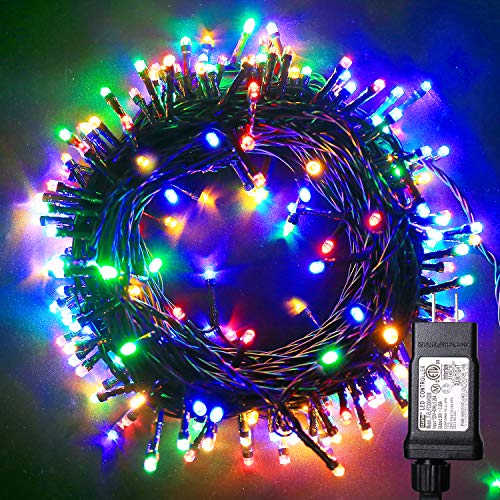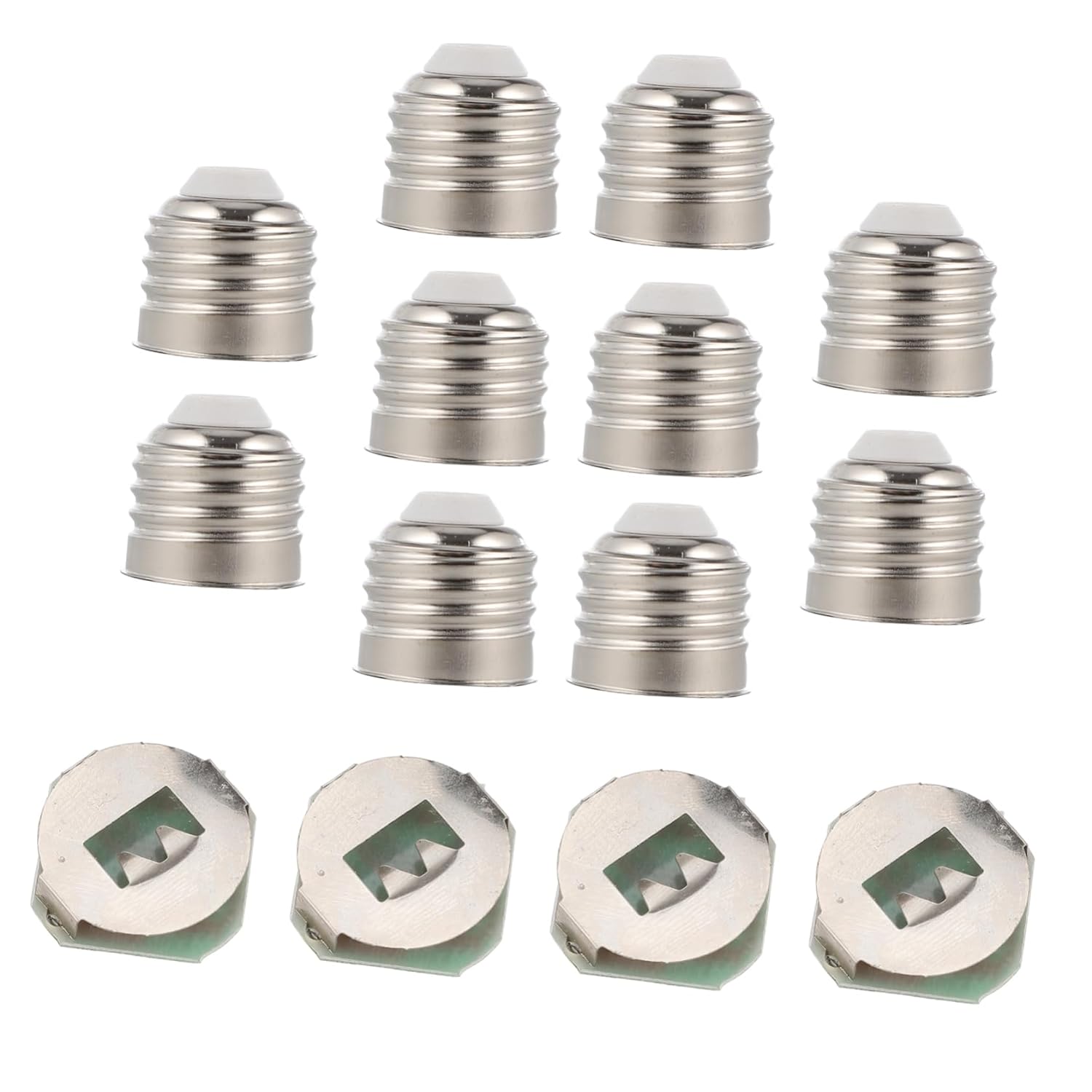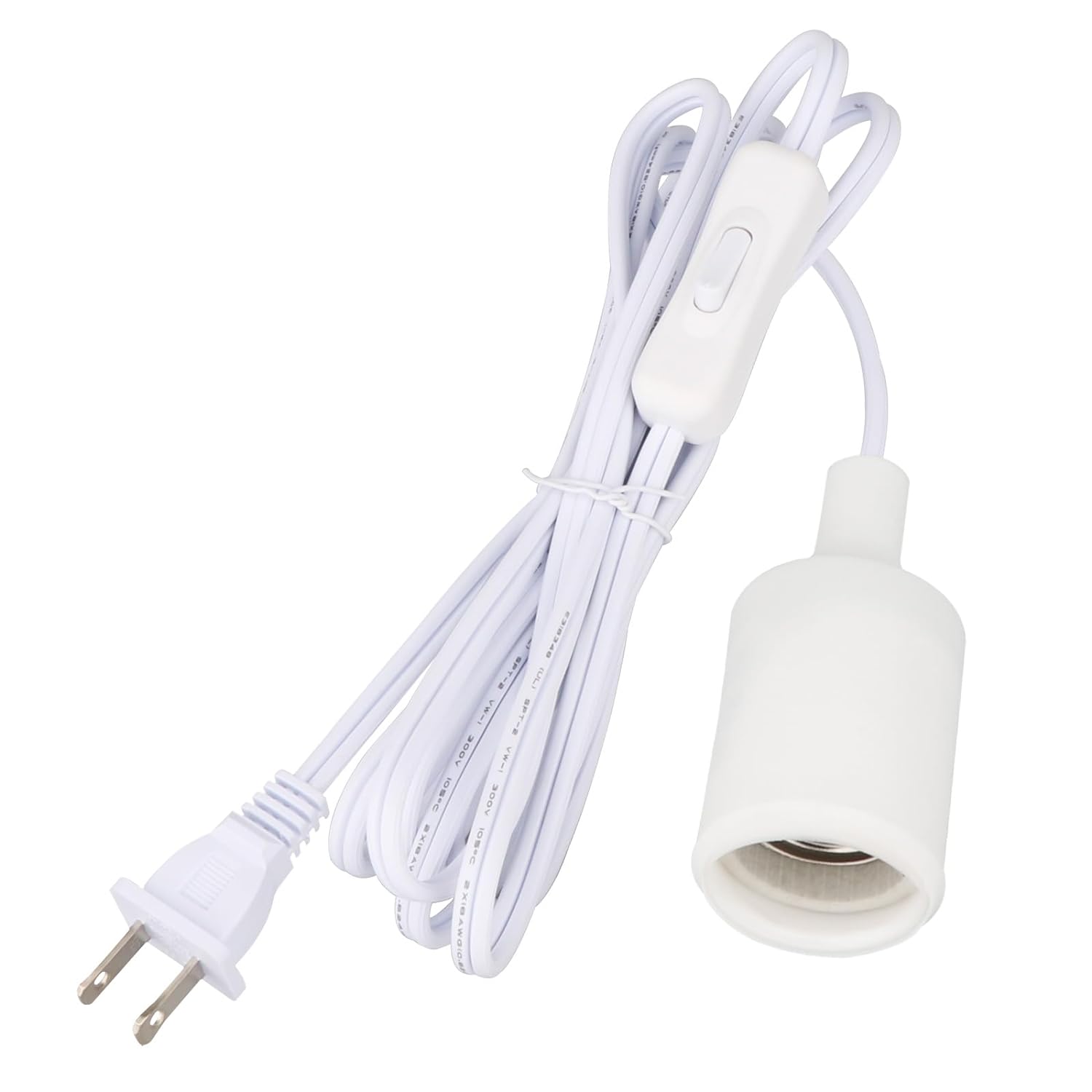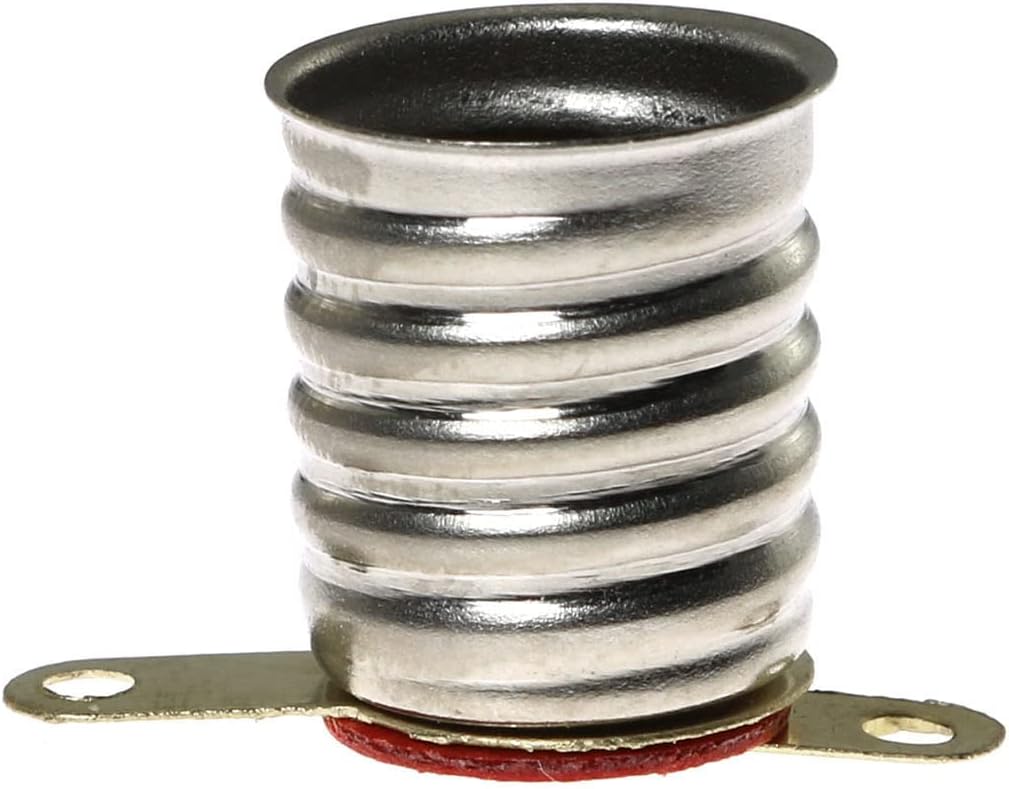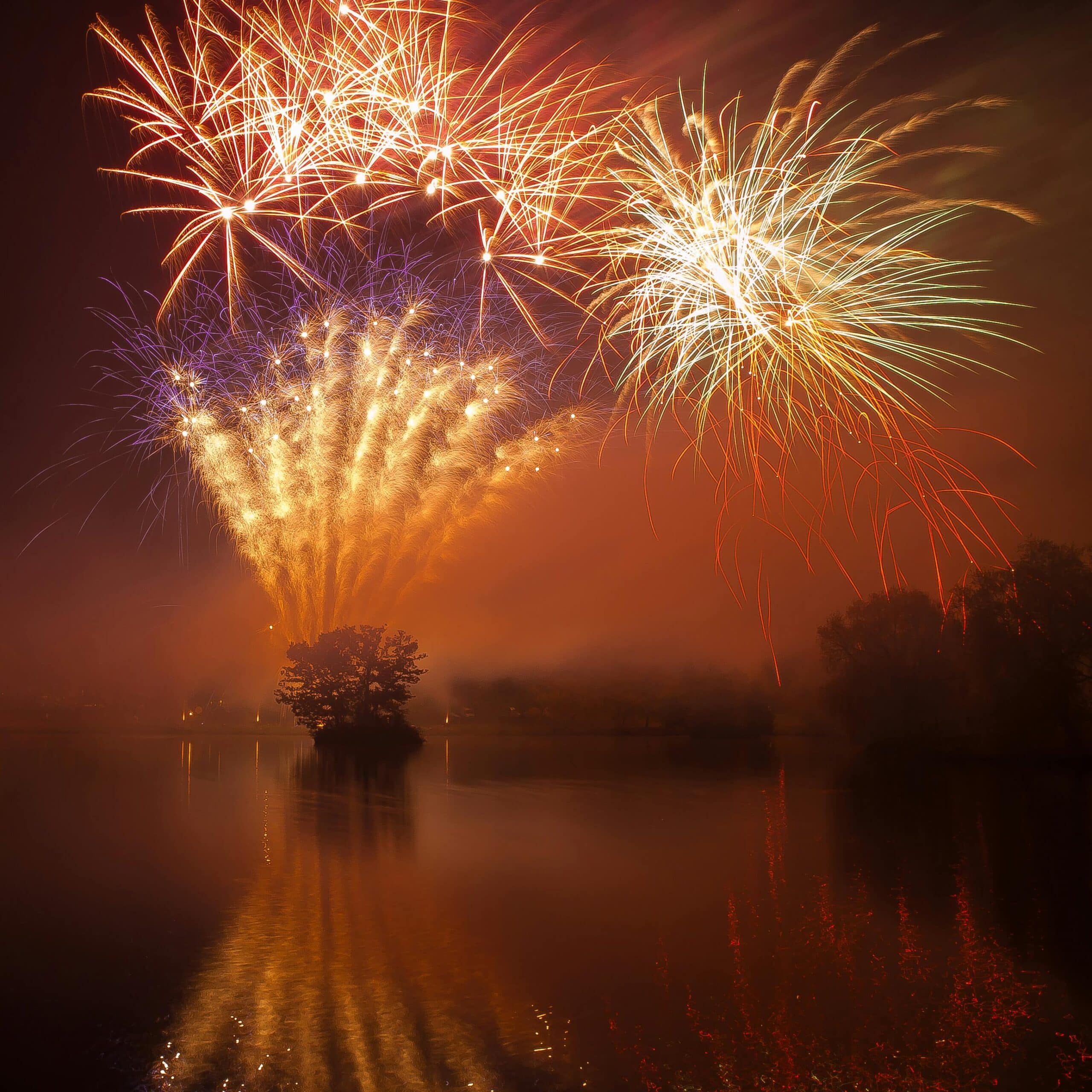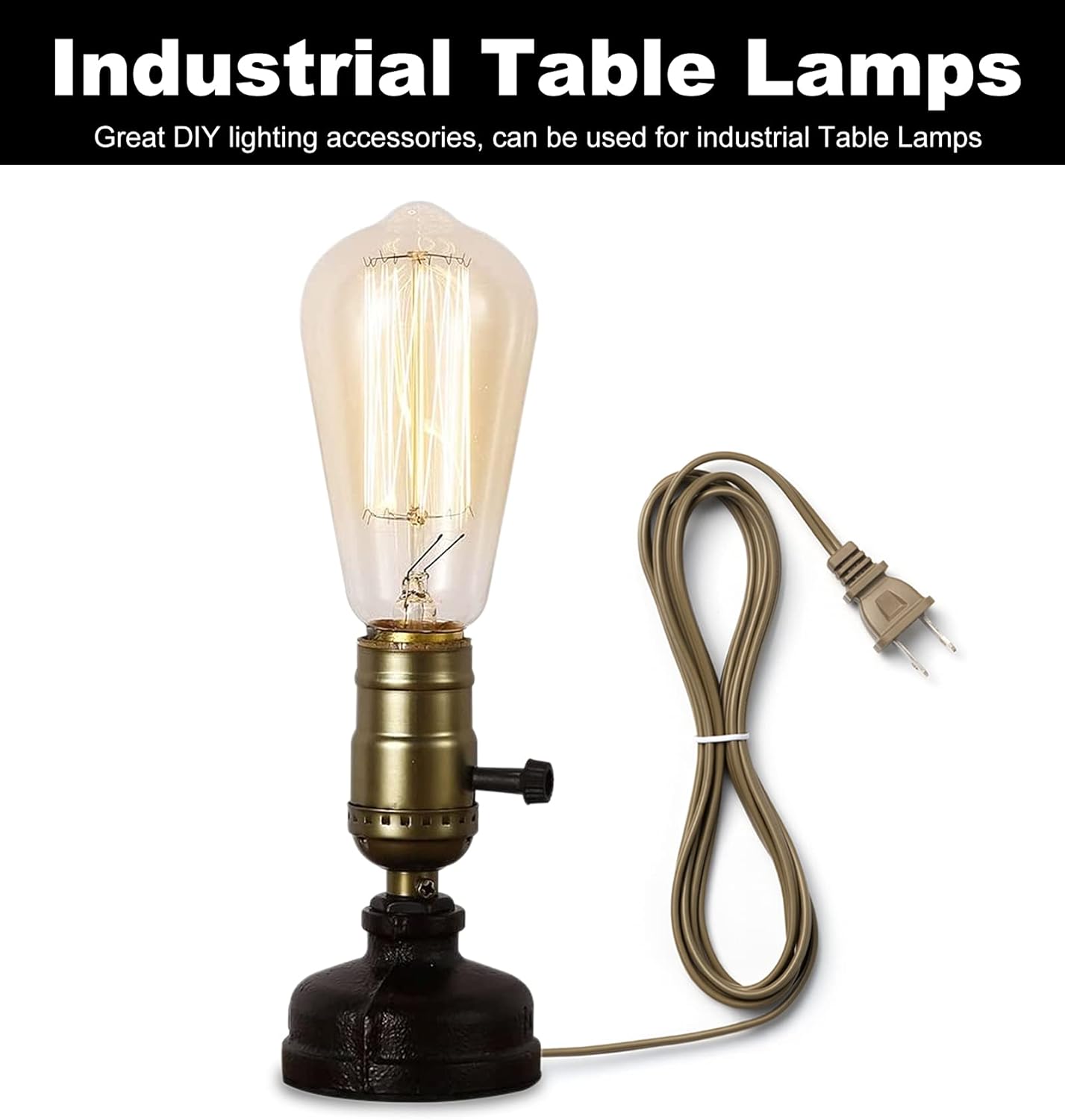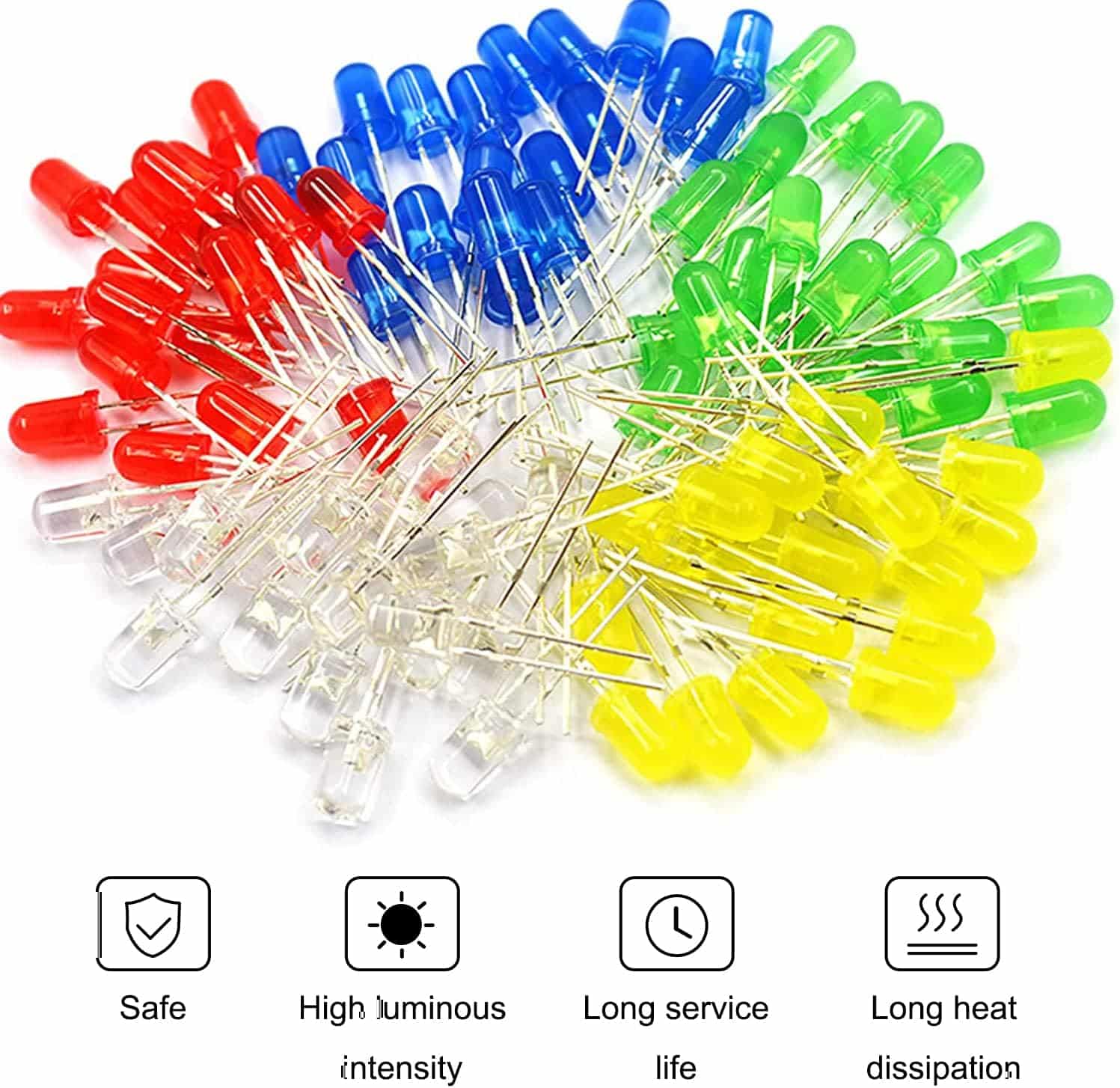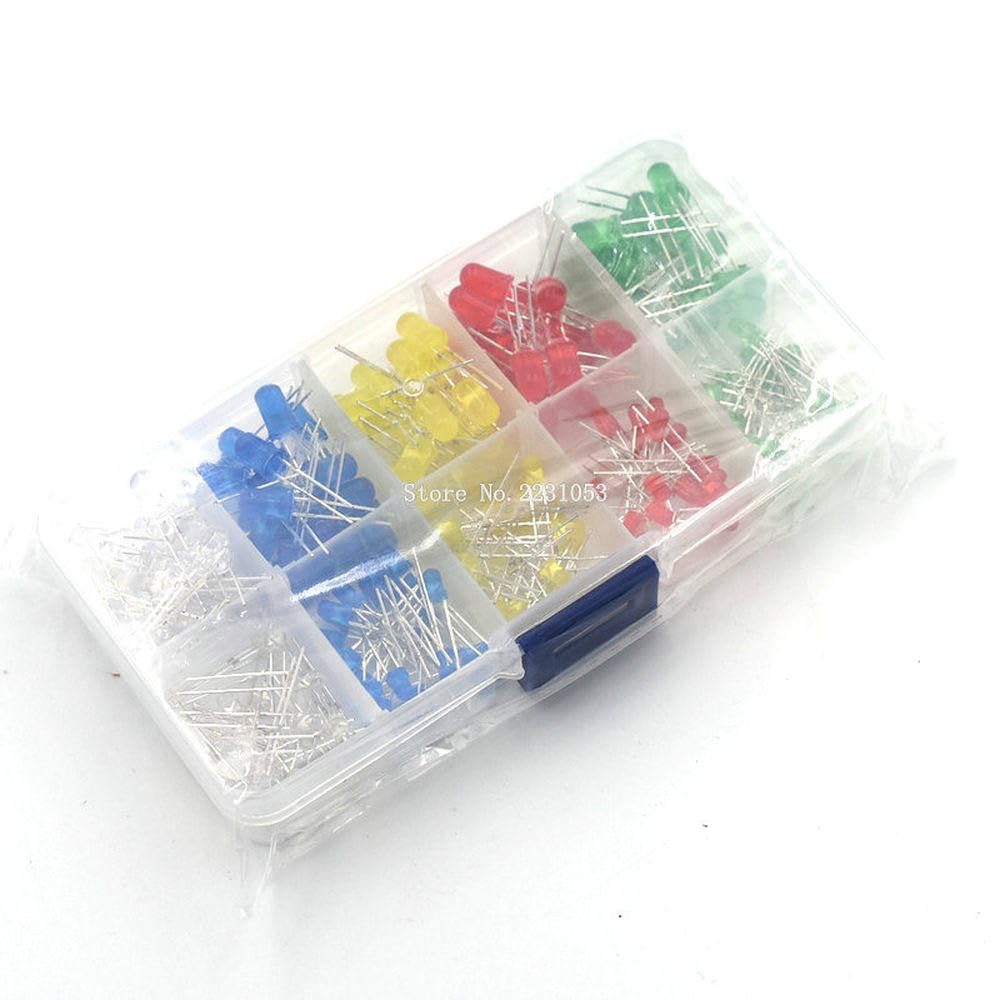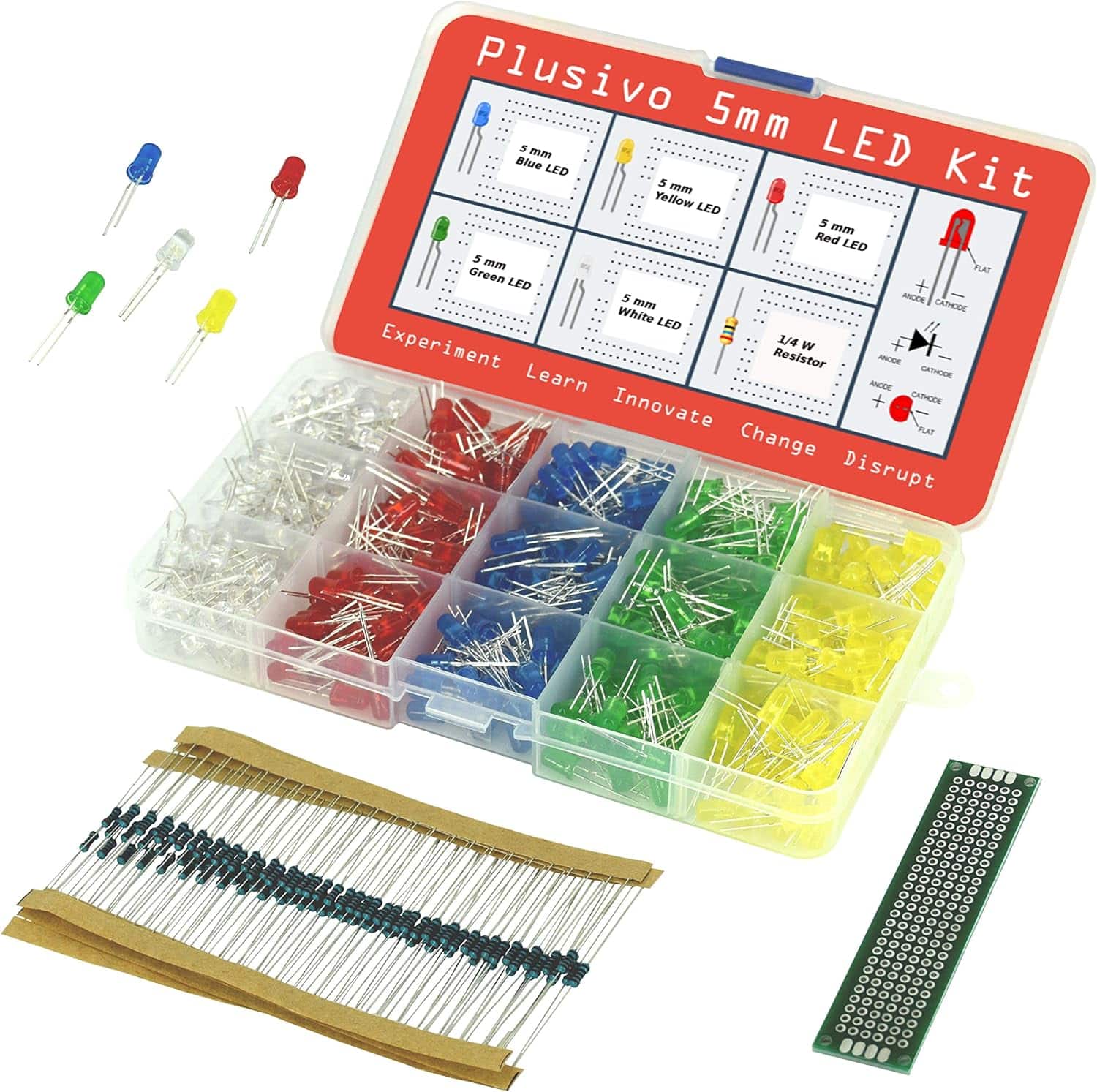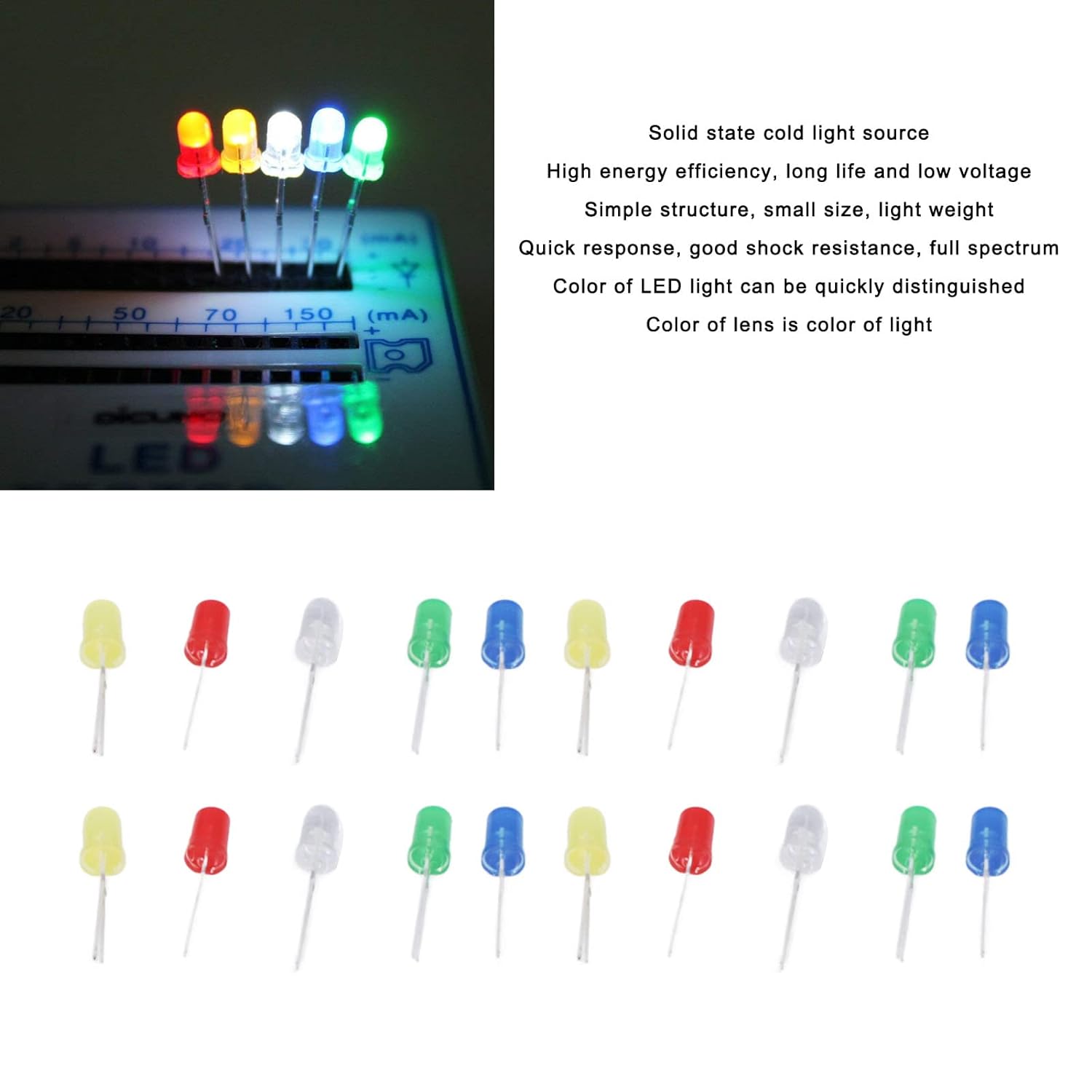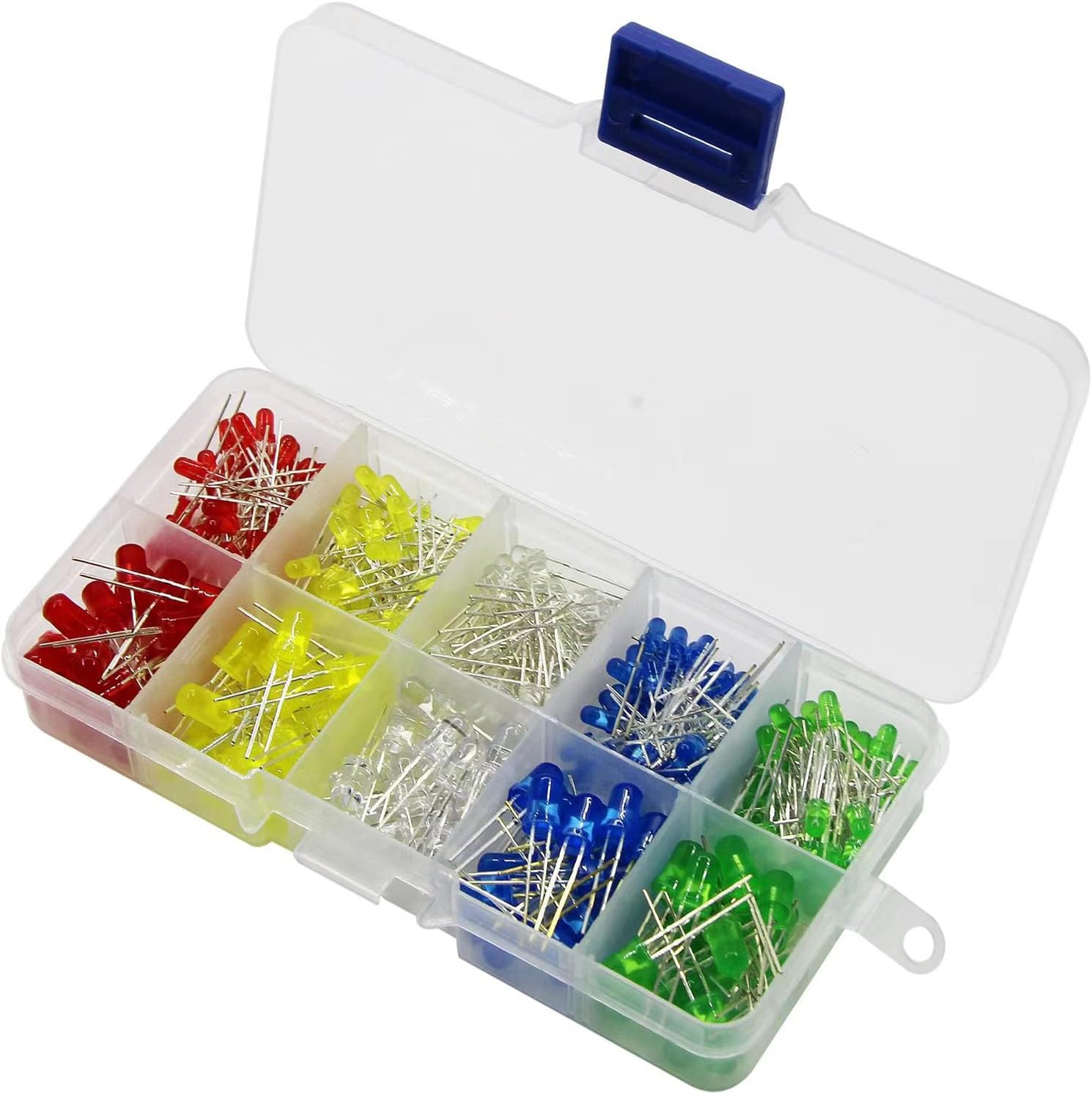Hey there! Ever wondered how you can transform your space with colorful lighting effects? Well, look no further! This step-by-step guide has got you covered. From setting the perfect mood to making your next party pop, we’ll walk you through all the tips and tricks to create absolutely jaw-dropping lighting effects using colored LED lights. Get ready to dazzle your friends and explore a whole new world of vibrant illumination. Let’s light it up!
Vibrant Illumination for Every Mood!



Achieving an Authentic Dual Lighting Effect in Photoshop
Gather the necessary materials
To gather the necessary materials for your LED lighting project, begin by ensuring you have all the essential items on hand. Collect colored LED lights, a suitable power source, LED controllers if required, extension cords, and any additional accessories you desire. Double-check that you have everything before proceeding to the next steps.


Plan your lighting design
- Take some time to think about the mood or atmosphere you want to achieve with your lighting design.
- Consider the various lighting effects you want to create, such as highlighting specific elements, creating shadows, or providing a soft glow.
- Sketch out a rough diagram to visualize the placement of lights, taking into account the angles and directions that will enhance the overall effect.
Enhance the overall effect
- Experiment with different placements of lights to find what works best for your desired effect.
- Consider the distance between lights to ensure an even distribution of light throughout the space.
- Use dimmers or adjustable fixtures to provide flexibility in controlling the intensity and ambience of the lighting.
Consider the environment
- Take into account the natural light sources in your space, such as windows or skylights, and how they may interact with your planned lighting design.
- Consider the color temperature and color rendering index (CRI) of the light sources to ensure they complement the desired atmosphere and accurately showcase colors.
Evaluate practical aspects
- Take note of any specific functional requirements, such as task lighting for work areas or safety lighting for stairs or walkways.
- Ensure that the lighting design takes into consideration any architectural elements or features you want to highlight.
- Consider the budget and energy efficiency of the lighting choices, keeping in mind the long-term maintenance and operating costs.
Remember to consult with a lighting professional if you need further assistance or are unsure about any aspect of your lighting design plan.
Set up your LED lights
Position the LED lights in the desired locations based on your lighting design. Attach them securely and ensure proper positioning. If necessary, utilize adhesive strips, clips, or other mounting solutions to maintain the placement of the lights.



Connect the lights to the power source
Connect the LED lights to the power source carefully, ensuring you follow the manufacturer’s instructions. Secure the connections properly, double-checking to avoid any potential electrical issues or malfunctions that may arise.
Choose your desired color and brightness
To choose your desired color and brightness for your LED lights, follow these simple steps:
- Locate the controls or remote provided with your LED lights.
- Use the controls or remote to select the desired color from the available options. For example, you might be able to choose between red, blue, green, or white.
- Adjust the brightness level according to your preference. Increase the brightness for a well-lit room or decrease it for a more cozy, ambient atmosphere.
- Experiment with different combinations of colors and brightness levels to find the perfect lighting effect for your space. For instance, you could try a soft purple with low brightness for a relaxing bedroom ambiance, or a vibrant blue with high brightness for a lively living room atmosphere.
Remember to have fun and get creative with your lighting choices. Finding the perfect color and brightness will enhance the ambiance and mood of any room in your home!
Add dynamic effects
To add dynamic effects to your LED lights:
- Explore the options: Look for the built-in dynamic effects feature on your LED lights. Check the user manual or consult the manufacturer’s website for instructions on accessing the effects menu.
- Select your desired effect: Once you have accessed the effects menu, choose the effect that aligns with your desired ambiance or theme. This could be a color-changing pattern, fading effect, or any other dynamic effect available.
- Adjust the settings: If there are customization options available, adjust them to your preferences. This may include speed, intensity, or specific color combinations.
- Enjoy the ambiance: Once you have selected and customized the dynamic effect, sit back and enjoy the mesmerizing ambiance created by your LED lights. Experiment with different effects to suit various moods or occasions.
Use additional accessories
To further enhance your lighting effects, try using diffusers, filters, or reflectors. For a softer and more even light, attach a diffuser to your light source. Place a filter in front of your lens to add a warming or cooling effect to your photos. To enhance highlights or fill in shadows, use a reflector to bounce light back onto your subject. Experiment with these accessories to create unique and interesting lighting effects in your photographs.
Experiment with placement and angles
Experimenting with different placements and angles can greatly enhance the aesthetic appeal of your LED lights. Try moving them closer or farther from the surface, adjusting the angle of the light beam, or even bouncing the light off reflective surfaces to achieve unique and stunning effects. Don’t be afraid to get creative and explore various options to find the perfect placement and angle that suits your desired outcome.
Enjoy and adjust as needed
Once you have finished setting up your lighting effects, take a moment to step back and appreciate the transformation. Observe how the lighting interacts with the space and carefully make any adjustments that are needed in order to achieve your desired outcome. Experiment with different positions, angles, and intensities until you are satisfied with the overall effect.
The power of colored LEDs
To sum up, I hope this blog post has provided you with helpful insights on how to create various lighting effects using colored LED lights. Remember, be imaginative, experiment with different techniques, and have fun with it. With a little practice and creativity, you can transform any space into an inviting and stylish environment. So go ahead, get those colored LED lights shining, and let your creativity illuminate the world around you!
Get Ready





Masterful LED Illumination
Get creative with your Colored LED lights
- Start by selecting the appropriate LED lights: Choose colored LED lights that are suitable for your needs. Look for lights with adjustable brightness, color options, and preferably a remote control for easy operation
- Set up the lights in the desired location: Decide where you would like to place the LED lights. They can be used to enhance the ambiance of a room, highlight specific areas, or even as decorative accents. Common locations include behind TVs, under shelves, or along the edges of a room
- Connect and power on the LED lights: Ensure that you have a power source nearby. Most LED light strips come with an adhesive backing, making it easy to stick them to any clean surface. Connect the power adapter to the LED lights and plug it into a power outlet. Follow the manufacturer instructions for proper installation
- Experiment with colors and customizations: Once the LED lights are powered on, use the remote control or the accompanying mobile app (if available) to choose different colors and adjust the brightness. Play around with different lighting effects, such as fading or flashing, to create the desired atmosphere
- Consider additional features and accessories: Explore additional features of your LED lights, such as music synchronization or voice control, if available. Some LED lights also offer timers, allowing you to automate turning them on and off. Additionally, you can consider accessories like diffusers or covers to soften the light or create different lighting effects
- Remember, using colored LED lights can be a fun and creative way to enhance your living space, so don’t be afraid to experiment and find the perfect settings that suit your personal preferences and style!
Everything you need to know about Colored LED lights
Are colored LED lights dimmable?
Yes, colored LED lights are indeed dimmable. LED lights, regardless of their color, can be easily dimmed to create different levels of brightness. This can be achieved through the use of a compatible dimmer switch or a dimmable LED light bulb. It’s important to note that not all LED lights are dimmable, so it’s essential to check the product specifications or consult the manufacturer’s guidelines before attempting to dim them.
What are colored LED lights and how do they work?
Colored LED lights, or Light Emitting Diodes, are a type of lighting technology that emit colored light when an electric current passes through them. LEDs come in various colors such as red, green, blue, yellow, and even white. They have gained popularity due to their energy efficiency, long lifespan, and versatility in applications.
The basic principle of how colored LED lights work lies in the movement of electrons in a semiconductor material. When a voltage is applied across the LED, electrons are pushed from the negative terminal (called the cathode) towards the positive terminal (called the anode).
Within the semiconductor material, there are energy bands that determine the behavior of electrons. Without getting too technical, when the electrons move from the higher energy band to the lower energy band, they release energy in the form of light. The color of the light emitted depends on the energy difference between these bands.
The materials used in the semiconductor determine the specific wavelength of light that an LED emits, thus giving rise to different colors. For example, red LEDs are usually made from aluminum indium gallium phosphide (AlInGaP), while blue LEDs are made from indium gallium nitride (InGaN). By combining different colored LEDs in systems, we can create a wide range of vibrant colors.
Additionally, LEDs can be combined with phosphors to create white light. In such cases, blue LEDs are used to excite the phosphor coating, which then emits a broad spectrum of colors, resulting in white light.
One interesting fact is that LEDs are highly efficient compared to traditional incandescent bulbs, as they emit very little heat while converting a higher percentage of electrical energy into light. This efficiency makes them suitable for a wide range of applications, including televisions, smartphones, automotive lighting, outdoor displays, and even in our homes.
In conclusion, colored LED lights work by harnessing the movement of electrons within a semiconductor material to produce visible light. Their versatility, energy efficiency, and long lifespan make them a popular choice among lighting options today.

